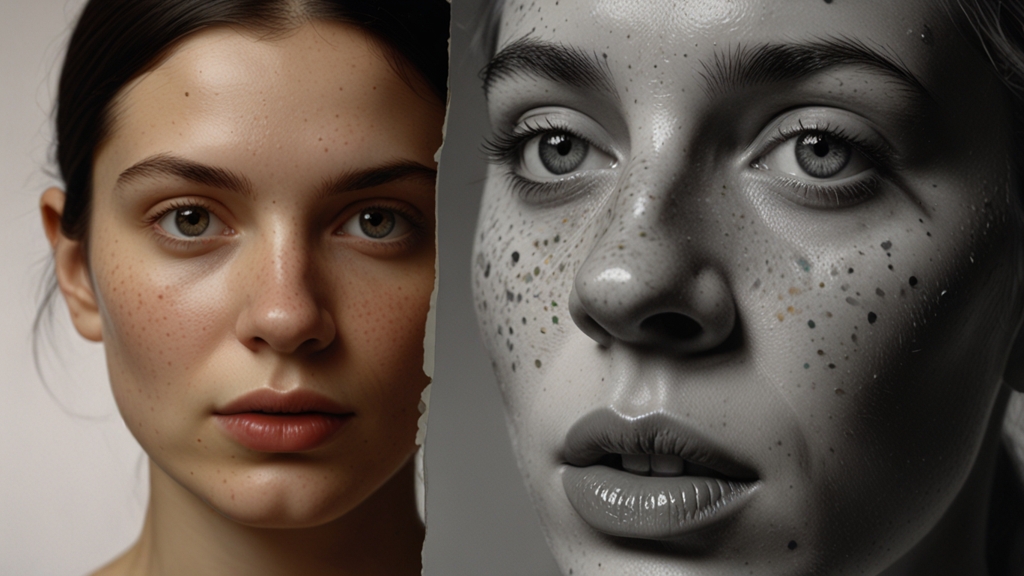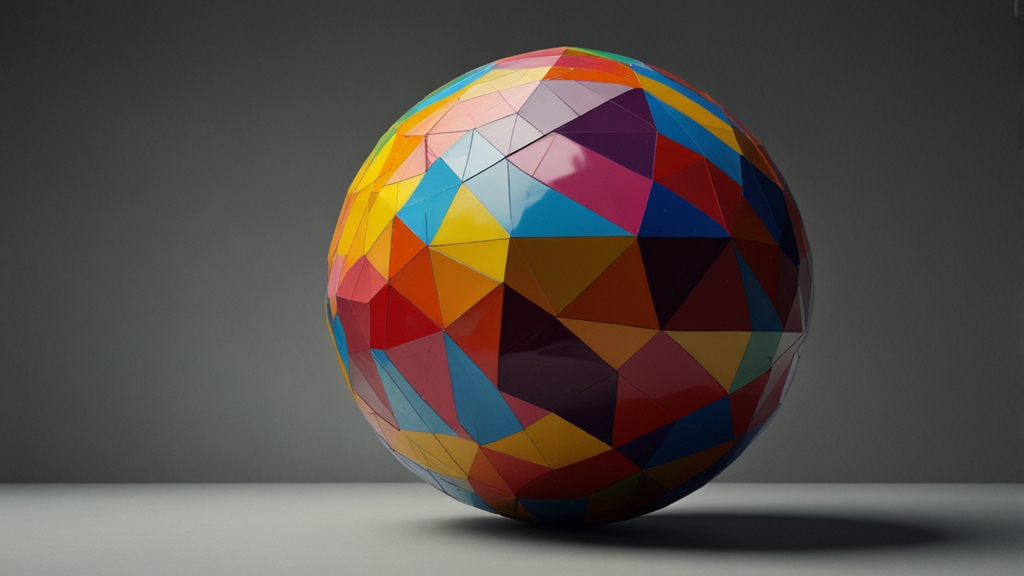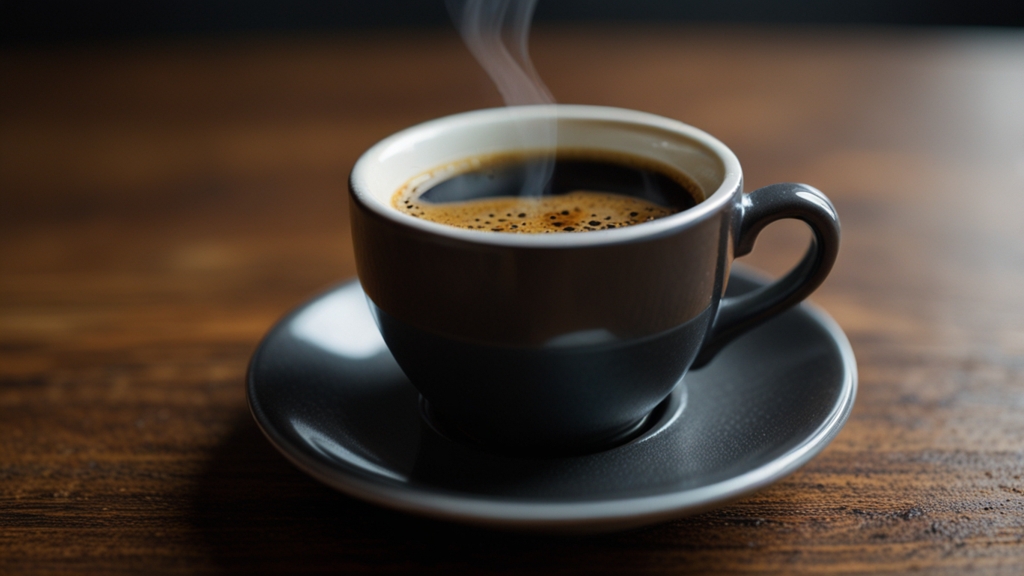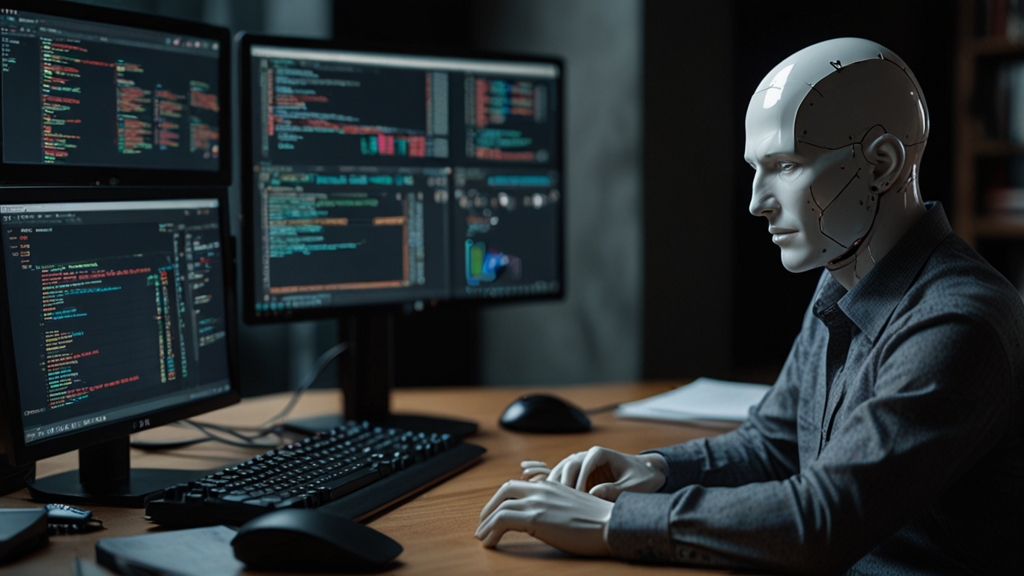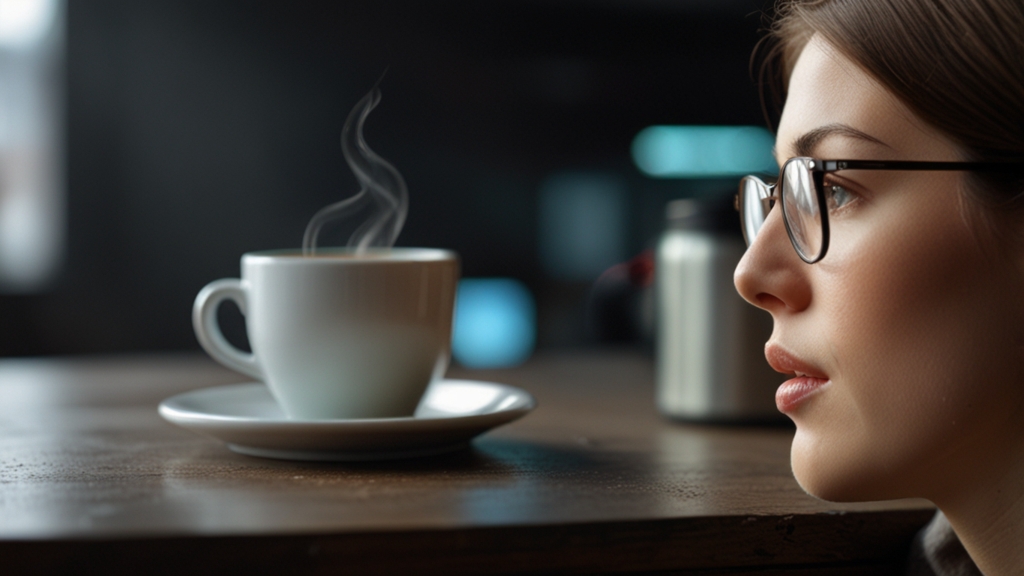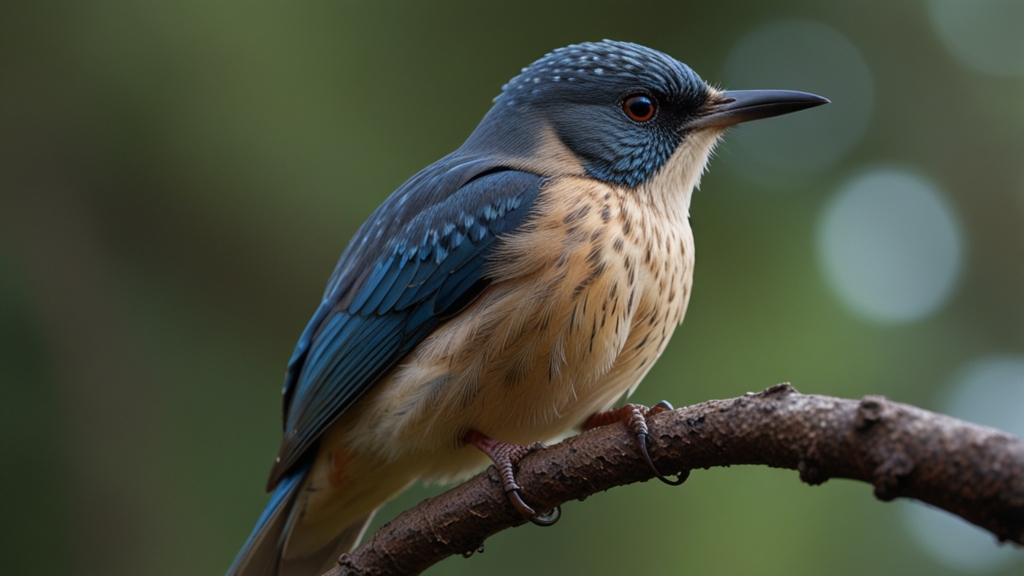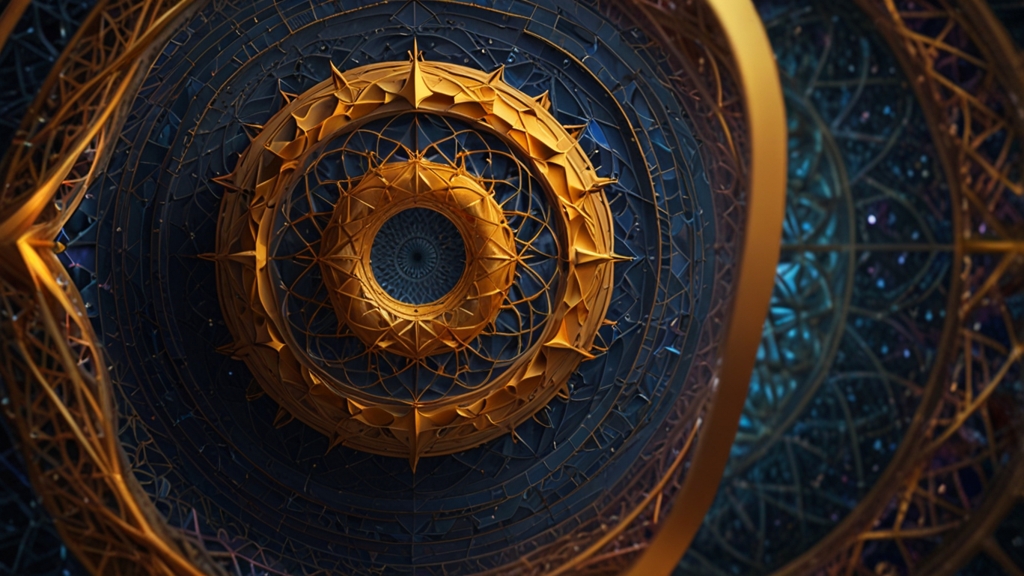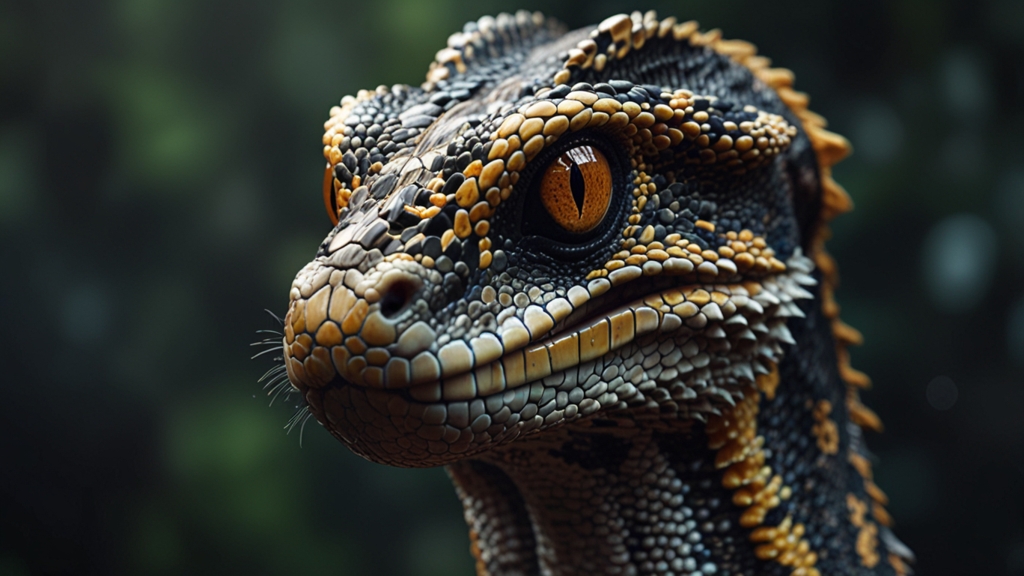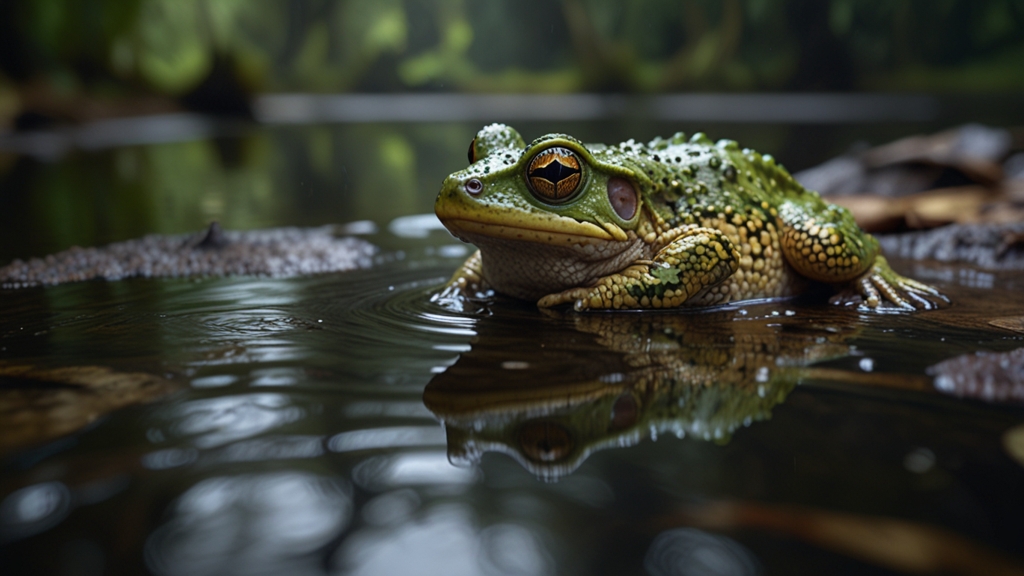The Unexpected Logic in Art and Creativity
When one thinks of art and creativity, the first words that come to mind are often "free-spirited," "boundless," and "imaginative." Yet, deep within the marvelous chaos of creativity lies an unexpected vein of logic and structure. This fascinating interplay between the unconventional and the logical not only defines great works of art but also the very processes that bring them to life.
The Balance of Chaos and Order
Art, by its very nature, flirts with chaos. The creative spirit rebels against uniformity, seeking to break new ground, to invent and reinvent. However, beneath this apparent disorder, there is often a framework — a hidden scaffolding that supports the creative process. Artists employ a range of logical techniques, from the rule of thirds in visual arts to the use of structured chord progressions in music, creating a harmonious balance between chaos and order.
"The essence of art lies in its power to find connections that are not necessarily apparent, by threading together disparate elements into a coherent whole. Therefore, logical structuring becomes the unseen backbone of creative endeavors." — Anonymous
The Role of Constraints in Creativity
One might assume that constraints stifle creativity, but paradoxically, limits can often foster it. Constraints force artists to think within certain parameters, igniting a surge of innovative thinking. For example, the strict syllabic structures in traditional Japanese haiku compel poets to express profound thoughts within a confined space, resulting in beautifully concise poetry.
Similarly, in the realm of visual arts, the use of a limited color palette can push artists to explore new techniques and perspectives, yielding unexpected results that a broader spectrum might not inspire.
The Science Behind Artistic Decisions
Art without logic can quickly become incoherent, losing its ability to communicate and resonate with its audience. Cognitive sciences have shown that the human brain is wired to seek patterns and meaning. Artists leverage this innate tendency by subtly embedding familiar structures and patterns within their work. This might include using symmetry to evoke a sense of balance and harmony or employing contrast to draw attention to specific elements.
For artists, understanding the psychology of perception and cognition can inform their creative choices. By blending artistic intuition with scientific insights, they craft works that not only appeal aesthetically but also engage viewers on a deeper, more instinctual level.
"Every child is an artist. The problem is how to remain an artist once we grow up." — Pablo Picasso
The Surprising Logic in Abstract Art
Abstract art may seem at first glance to be the epitome of unrestrained creativity, devoid of any logical basis. However, abstract artists often employ principles of composition, form, and color theory to evoke specific emotions and reactions. Wassily Kandinsky, one of the pioneers of abstract art, meticulously studied color relationships and geometric forms, believing that abstract works had the potential to evoke spiritual experiences through calculated uses of visual elements.
Thus, even in the nebulous world of abstraction, the hand of logic guides the artist's brush, channeling creativity through deliberate, thoughtful choices.
The Integration of Technology in Modern Creativity
Today, the interweaving of logic and creativity is perhaps most evident in digital art and technology-driven creative endeavors. Algorithms and software enable artists to generate intricate patterns, simulate natural phenomena, and even create entirely new forms of art, such as interactive installations and virtual realities.
Technological tools often bring a logical framework to the table, offering functionalities that expand the boundaries of what’s creatively possible. The fusion of art and technology exemplifies how logic can not only coexist with but also enhance creative expression.
Conclusion
In conclusion, while art and creativity may seem the antithesis of logic, a closer inspection reveals that they are inextricably linked. The harmony between the two allows artists to translate abstract ideas into tangible forms, creating works that resonate with both the heart and the mind. Recognizing the unexpected logic in art and creativity can enrich our appreciation and understanding of the masterpieces that color our world.
